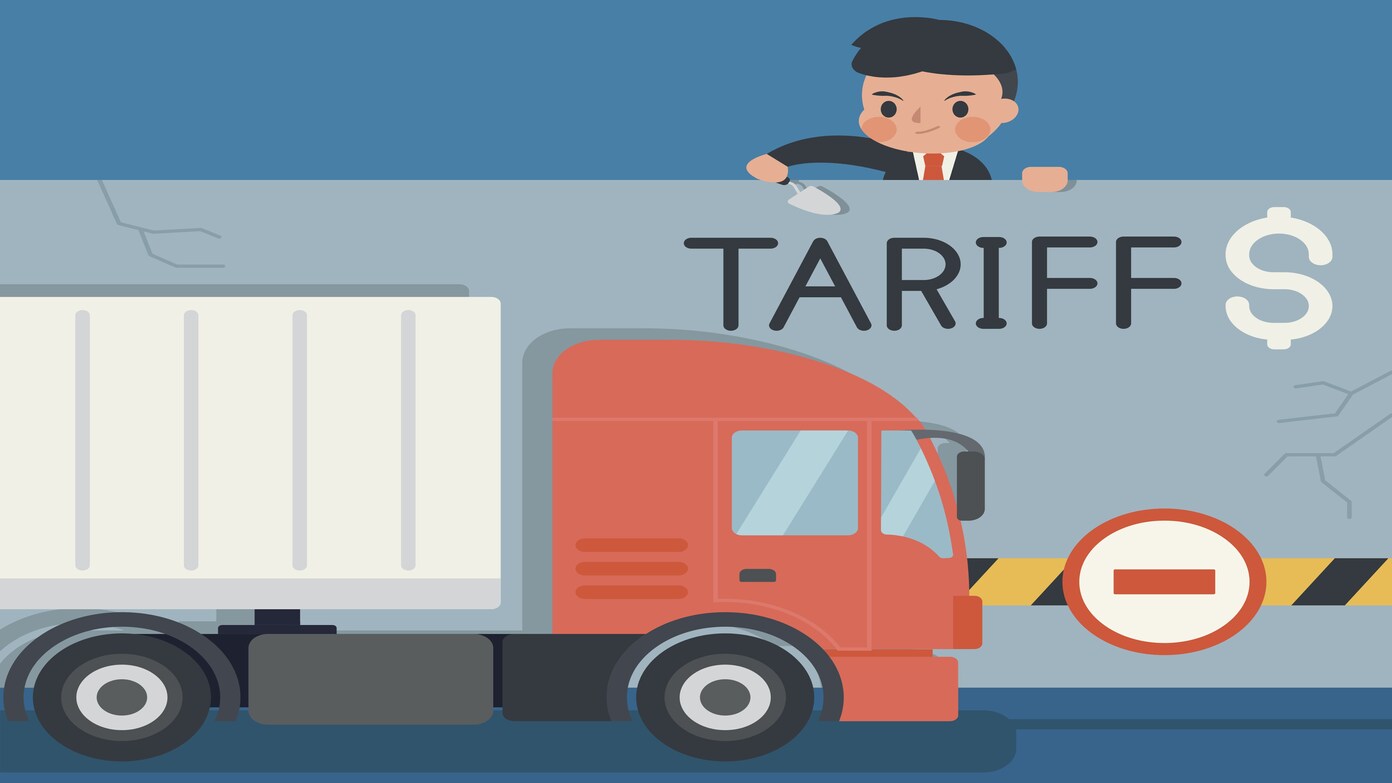A last-minute deal to avoid a trade hike
In a move that came down to the wire, the United States and China have agreed to extend their fragile trade truce for another 90 days. Just hours before fresh rounds of tariff hikes were set to kick in, both countries announced they would hold off on raising duties until November 10.
US President Donald Trump signed an executive order on Monday to keep current tariff rates in place, while Beijing matched the gesture with its own extension.
For now, that means:
- The US will keep a 30% tariff on Chinese imports.
- China will keep a 10% tariff on American goods.
This pause comes after months of economic sparring and follows the May negotiations in Geneva, where both sides scaled back what could have been crippling tax hikes. Earlier this year, Washington threatened tariffs as high as 145% on Chinese goods, while Beijing considered hitting US products with 125% duties.
Why the pause matters
According to the White House, this extension is meant to give negotiators more time to work on the big sticking points:
- Reducing the US trade deficit with China, which hit nearly $300 billion in 2024 — the largest of any US trading partner.
- Improving access for US exporters in Chinese markets.
- Addressing national security and economic issues tied to technology, rare earth minerals, and energy trade.
In a statement, the Chinese embassy in Washington struck a cooperative tone, calling “win-win cooperation” the only path forward and urging the US to lift what it called “unreasonable” trade restrictions. China also emphasised the need for stability in the global semiconductor industry — a subtle reference to recent tensions over US chip export controls.
The uncertainty businesses face
For many US businesses, the extension is a mixed blessing. It avoids an immediate price shock, but it also means the cloud of uncertainty still looms.
“There’s no way to plan for the future of the business,” said Beth Benike, founder of Busy Baby, in an interview with BBC Radio 4. “Since I have no idea what the tariff is actually going to end up being, I have no control or idea about the pricing that’s going to work for my business.”
This uncertainty has been a recurring theme since the US-China tariff war reignited in April, when Trump announced sweeping new levies on imports from multiple countries, with China facing some of the steepest rates. Beijing hit back, setting off a rapid escalation that nearly froze trade between the two nations.
What the current tariffs look like
Under the current truce:
- Chinese goods entering the US face an extra 30% tariff compared with the start of the year.
- US goods entering China face a new 10% tariff.
While these numbers are lower than the threatened triple-digit hikes, they still represent a significant increase compared to pre-2024 trade levels.
Beyond tariffs: Other flashpoints in the US-China relationship
Trade isn’t the only thing on the table. Negotiations also touch on:
- China’s rare earth minerals are critical for electronics and defence manufacturing.
- Purchases of Russian oil — a sensitive geopolitical issue.
- US curbs on advanced technology sales, especially semiconductors.
Recently, Trump partially relaxed restrictions on chip sales, allowing companies like AMD and Nvidia to resume selling certain products to China — but with a twist. Under the new deal, these companies must share 15% of their revenues from those sales with the US government. Critics have labelled the move a “shakedown”, while supporters call it a smart way to recapture value from trade.
The US is also pressing for the spin-off of TikTok from its Chinese parent company, ByteDance—a move Beijing firmly opposes.
The soybean factor
Agriculture remains another key battleground. On Sunday, just before the truce extension was announced, Trump publicly called on Beijing to increase its purchases of US soybeans — a long-standing demand in trade talks.
Soybeans are more than just a crop in this discussion; they’re a symbol of rural American economic health and a key bargaining chip in negotiations with China, which is one of the world’s largest soybean buyers.
What the numbers say about trade flows
Even with the pause, trade between the two countries has slowed sharply.
- US imports from China in June were nearly half of what they were in June 2024.
- In the first half of 2025, the US imported $165 billion worth of goods from China — a drop of about 15% year-on-year.
- US exports to China also fell roughly 20% compared to the same period last year.
Here are some juicy facts: these declines reflect how tariffs—even lower ones—and uncertainty can reshape trade flows over time.
Looking ahead: November is the new deadline
The truce now buys both sides until November 10 to work out their differences. But the big question is whether this is a step toward a lasting agreement or just another delay before the next round of economic brinkmanship.
Trump, speaking to reporters on Monday, kept his comments optimistic but vague, saying talks were going “nicely”. Still, the history of US-China trade tensions suggests that any final deal will require compromises that may be politically difficult on both sides.
For businesses, investors, and consumers, the 90-day extension is a temporary relief — but it’s not a solution. Prices, supply chains, and market stability still hang on what happens next.
For more political news, follow polifinus.com
Why is Nvidia going to give 15% of chip sales to China to the U.S. government?
Bad news for the US federal debt: deficit increased by $109B compared to 2024

